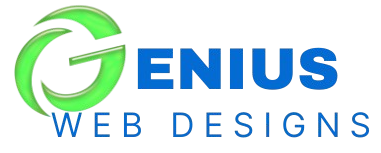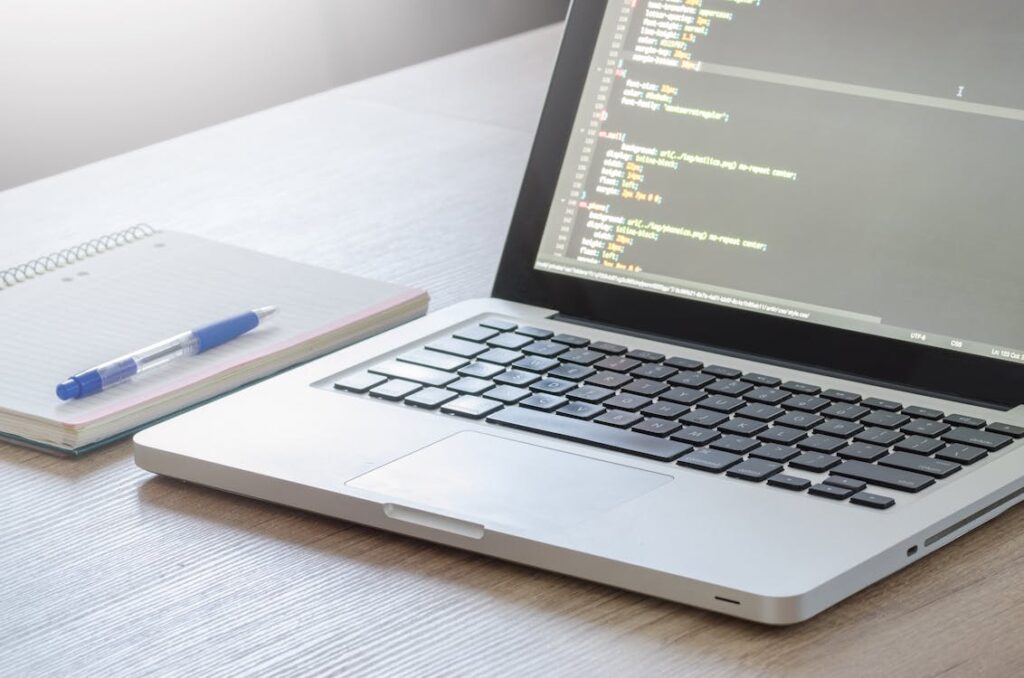
WordPress powers over 40% of websites globally, making it a top choice for beginners and professionals alike. However, designing a WordPress site comes with its challenges, and many users—especially beginners—make mistakes that can hurt their website’s functionality, user experience, and SEO. This comprehensive guide explores some of the most common WordPress design mistakes and provides actionable tips to avoid them.
1. Choosing the Wrong Theme
The Mistake:
Selecting a theme purely based on its appearance without considering functionality, speed, or compatibility can lead to performance issues and limited customization options.
How to Avoid It:
- Choose lightweight, well-coded themes optimized for speed, such as Astra, GeneratePress, or OceanWP.
- Ensure the theme is responsive and works seamlessly across devices.
- Check reviews and update frequency to ensure ongoing support from the developer.
2. Ignoring Mobile Responsiveness
The Mistake:
With over 50% of web traffic coming from mobile devices, a site that isn’t mobile-friendly can lead to high bounce rates and poor search rankings.
How to Avoid It:
- Use responsive themes and test your site on different devices using tools like Google’s Mobile-Friendly Test.
- Avoid elements like fixed-width layouts or large images that aren’t optimized for smaller screens.
3. Overloading with Plugins
The Mistake:
Installing too many plugins can slow down your website and create conflicts between plugins, leading to crashes or errors.
How to Avoid It:
- Only install essential plugins and avoid redundant functionality. For example, instead of multiple SEO plugins, stick with a reliable option like Yoast SEO or Rank Math.
- Regularly audit your plugins and remove those you don’t use.
- Use plugins that are well-maintained and frequently updated.

4. Poor Navigation Design
The Mistake:
Complicated menus or poorly organized navigation confuse users, increasing the likelihood they’ll leave your site.
How to Avoid It:
- Keep your menu simple and intuitive. Use categories or dropdowns only if necessary.
- Include a search bar for easy content discovery.
- Limit the number of main menu items to 5–7.
5. Not Optimizing Images
The Mistake:
Uploading uncompressed images increases page load times, negatively impacting user experience and SEO rankings.
How to Avoid It:
- Use image compression tools like TinyPNG or plugins like Smush or ShortPixel to reduce file size without sacrificing quality.
- Use appropriate file formats: PNG for high-quality graphics and JPEG for standard images.
- Implement lazy loading to defer loading offscreen images.
6. Neglecting Website Speed
The Mistake:
Slow-loading websites frustrate users and hurt search engine rankings.
How to Avoid It:
- Use caching plugins like WP Rocket or W3 Total Cache to speed up your site.
- Host your site on a reliable and fast WordPress hosting provider like SiteGround or Kinsta.
- Minify CSS, JavaScript, and HTML files using plugins like Autoptimize.

7. Overlooking SEO Fundamentals
The Mistake:
Ignoring search engine optimization (SEO) practices can prevent your site from ranking well in search results.
How to Avoid It:
- Use an SEO plugin like Yoast SEO to optimize your pages and posts.
- Add alt text to all images and include target keywords in headings and meta descriptions.
- Ensure your site has an XML sitemap and submit it to search engines.
8. Using Dummy Content
The Mistake:
Launching a site with placeholder text or images (e.g., “Lorem Ipsum”) looks unprofessional and harms credibility.
How to Avoid It:
- Replace all dummy content before launching your site.
- Use high-quality, original text and visuals tailored to your audience.
- Test your site thoroughly to ensure there are no placeholders left behind.
9. Cluttered Design
The Mistake:
Overloading your site with too many colors, fonts, or elements creates a visually overwhelming experience.
How to Avoid It:
- Stick to a consistent color palette (2–3 colors) and typography scheme.
- Prioritize whitespace to improve readability and focus.
- Follow design best practices for simplicity and user experience.
10. Failing to Back Up the Website
The Mistake:
Not backing up your WordPress site can result in permanent data loss in the event of a crash or hack.
How to Avoid It:
- Use backup plugins like UpdraftPlus or BackupBuddy to schedule regular backups.
- Store backups in a secure location, such as a cloud service or external drive.

11. Skipping Security Measures
The Mistake:
Weak passwords, outdated plugins, or lack of security plugins make your site vulnerable to hacking.
How to Avoid It:
- Install security plugins like Wordfence or iThemes Security.
- Use strong passwords and enable two-factor authentication (2FA).
- Keep WordPress core, themes, and plugins updated to their latest versions.
12. Not Testing Before Launch
The Mistake:
Failing to test your site thoroughly can lead to broken links, functionality issues, or formatting errors.
How to Avoid It:
- Test your website in different browsers and devices for compatibility.
- Check for broken links using tools like Broken Link Checker.
- Preview your site using WordPress’s built-in preview tool before publishing changes.
Final Thoughts
Avoiding these common WordPress design mistakes can significantly improve your website’s performance, user experience, and search engine rankings. By focusing on simplicity, functionality, and optimization, you can create a website that stands out and serves your goals effectively.


